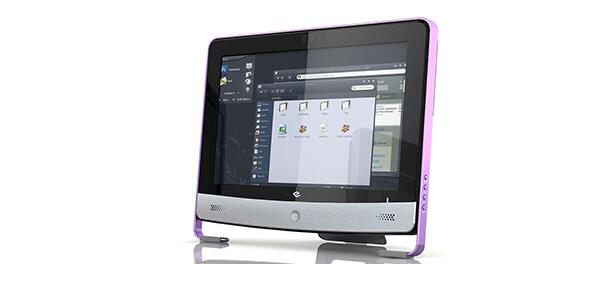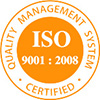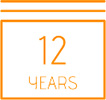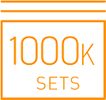Advantages of using CNC to process the prototype model of medical instrument
Advantages of using CNC to process the prototype model of medical instrument
Now health care system has become more and more perfect and popular, many people also have higher requirements for people's health, many clients have been doing recently hand-board model of medical apparatus and instruments proofing, watch out, medical apparatus and instruments as has the public's demand of market is becoming more and more big, of course, as one of the few high standards of shenzhen hand-board model manufacture high quality manufacturer,That's what we're happy to see.
The research and development of medical instruments is becoming more and more important, and the hand sample is an important part of the research and development of medical instruments.As an important means, the sample making technology of medical instrument hand board is more and more applied to the development of medical instrument. Prototype sample can be used for CAD digital model visualization, design evaluation, interference test, and even some functional tests.Common medical instrument hand board model making: medical equipment, fitness equipment, B ultrasound detector, anesthesia machine, blood glucose meter, X-ray machine, hemodialysis machine, monitoring instrument, foot health box, etc., including all kinds of medical equipment, beauty instrument. Writer today is to tell you the advantages of CNC processing of medical devices hand board model.

Prototype for medical instruments
Hand sample can make users very intuitive understanding has not yet been put into mass production of the product appearance and performance and can make timely evaluation, so that the factory can according to the needs of users and market research to improve the product in time, for the product sales to create favorable conditions, avoid the loss due to blind production may cause.For medical devices hand-board model, we are generally adopts CNC machining, it can reflect the drawings expressed very precise information, and high surface quality of the CNC machining of hand-board model, especially after the complete surface spraying and silk-screen, and even more glamorous than open mold to produce the product after, CNC prototype processing can achieve high machining accuracy, Surface quality and some small parts in the processing of the post-processing stage can be very good to make up for CNC processing speed, low cost, a wide range of application, selection of materials, therefore, CNC processing has become the mainstream process of hand manufacturing.
Introduction to HDI PCB for electronic design of medical devices
Over the past few decades, PCB sizes have gotten smaller and smaller, and few industries have taken advantage of this advantage more than the healthcare industry.While this has been making headlines recently, electronic design for medical devices is not limited to downsizing.
Buyers and their own end customers are seeing much needed improvements in performance.How about that one?High density interconnect or HDI printed circuit board.
Today, electronics engineers have more reason than ever to use HDI PCBs.As you will see below, the changing needs of the medical industry!
What is an HDI PCB?
First, first thing: HDI PCBs can be made more compact by using advanced technology to integrate a large number of internal cabling.The new technology helps reduce size without sacrificing performance and provides engineers with a variety of construction options depending on the application.
HDI boards require other manufacturing technologies, such as:
L Sequential lamination
L Stacked micropores
L Interlaced micropores
L buried hole
L plated through hole
L Laser drilling
Why are high-density panels important for medical technology?
Medical devices must meet the highest standards, which means you need the best technology currently available.There are also quality-of-life issues - the less invasive and less invasive the device, the earlier patients use it.
The need for cutting-edge technology in medical electronic device design is most obvious when you look at implants.For example, pacemakers need to be small, light and reliable.High-speed transmission in HDI PCBs is ideal for medical devices where device response time can mean the difference between life and death.
The need for smaller boards and better performance led to HDI PCBs allowing more components to be placed on each side of the original board.Designers can use the increased I/O in a smaller space.The signal transmission speed is faster, the signal loss is less.
HDI PCBs are more challenging and expensive to design and manufacture, but the benefits are usually worth it.Medical PCB assembly usually requires HDI technology, even though the cost per board increases.
Limitations of HDI PCB
Each technology has its limitations, and HDI PCB technology is no exception.
For most medical device makers, the biggest limitation of HDI technology is its cost.
Making HDI boards requires expensive equipment and expertise that not every board manufacturer has.Because each board takes more time to build, the yield is lower.The right materials need to be used to construct the multiple layers of the board in order to achieve the desired results.
The technology is relatively new and evolving rapidly, so that may not be the case last year.You also have to figure out which of the six variants is best for your device - a daunting task without the help of an in-house expert.




















